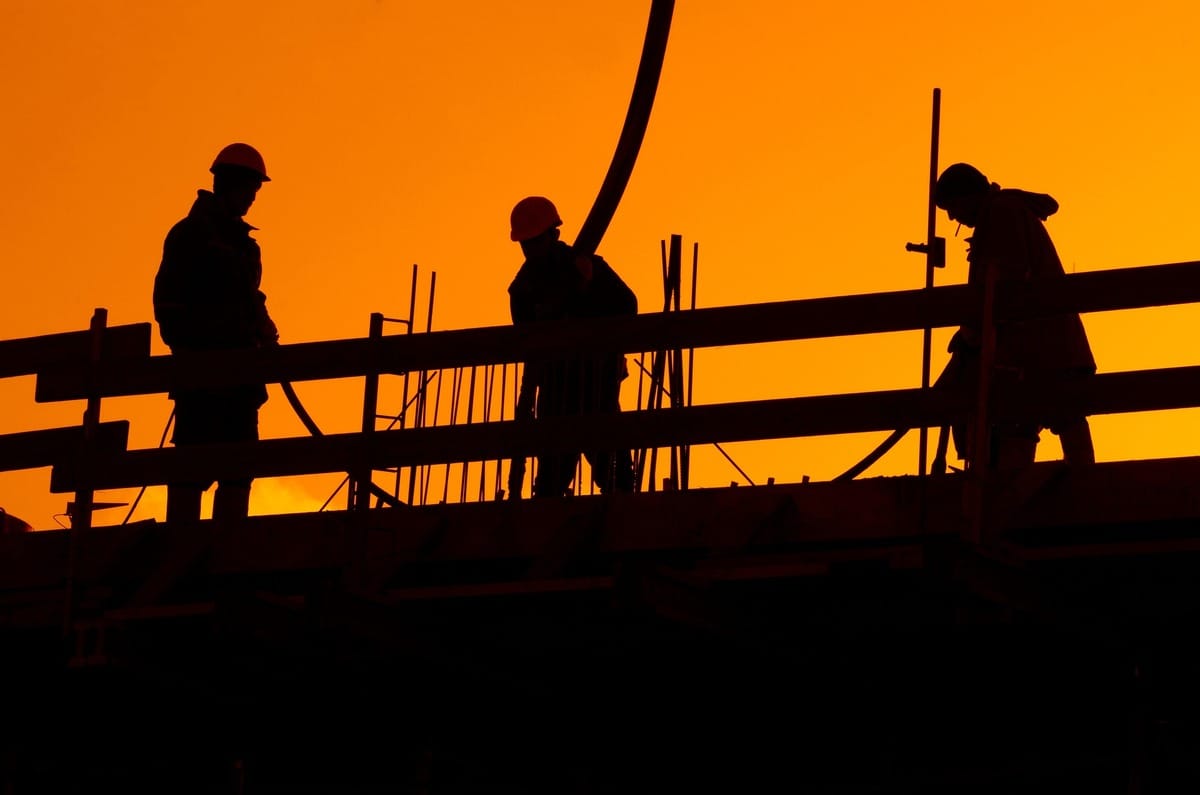- Full Brim Safety
- Posts
- Hard-Mount & Engineered Anchor Devices
Hard-Mount & Engineered Anchor Devices
Full Brim Safety: Build Smart, Build Safe

Hard-Mount & Engineered Anchor Devices
Welcome back, let's Build Smart & Build Safe! We've covered the temporary solutions. Today, we're focusing on anchors designed for long-term use and high-performance demands: Hard-Mount and Engineered Anchor Devices.
These anchors are often permanent fixtures on a structure, relied upon year after year, and require robust engineering and stringent documentation to ensure their safety and compliance.
Hard-Mount Anchors: Permanent Fixtures
Hard-mount anchors are designed to be a durable, lasting connection point, usually integrated into the structure's primary load-bearing elements.
D-Rings Bolted to Steel or Concrete: This is the most common permanent solution. A load-rated D-ring or anchor plate is secured directly to a structural component (like a column, beam, or concrete slab) using certified, high-strength bolts or adhesives.
The Certification Requirement: Unlike a temporary anchor which is guaranteed by the manufacturer when installed correctly, the integrity of a hard-mount anchor depends on the condition of the substrate (the concrete or steel it's attached to). A Qualified Person (Engineer) must periodically inspect and certify that the structure itself remains sound enough to handle the 5,000 lbs. fall arrest load.
Embedded Cables: For new construction, cables or specialized anchor components may be embedded directly into the concrete before it cures. These are highly reliable but their strength is entirely dependent on the quality of the surrounding concrete structure.
Engineered Anchor Systems
These are systems designed by a Qualified Person to cover a larger work area, often involving components that allow for movement.
Horizontal Rigid Rails: These systems use a fixed, rigid metal rail often running the length of a roof or bay. A specialized trolley moves along the rail, providing continuous connection above the worker. Because the rail is rigid, it reduces swing fall hazards and often minimizes fall distance.
Vertical Lifelines: These are often used inside tall structures (like tank interiors or mast ladders) where the worker climbs vertically. The worker is attached to a vertical cable or rail, and a mobile attachment automatically locks in case of a fall.
Documentation: Every engineered system must come with comprehensive documentation, including design load calculations, installation schematics, and a schedule for periodic re-certification by a Qualified Person.
If you are using an engineered anchor system, never modify, drill near, or attach any unauthorized equipment to the components. The entire system's rating depends on its original engineering specifications.
Tomorrow, on Fall Protection Friday, we'll cover specialized temporary anchors and a crucial safety mistake: the "wrap-around" tie-off.
Please share us with your friends for a daily dose of construction safety tips!
-The Safety Man
